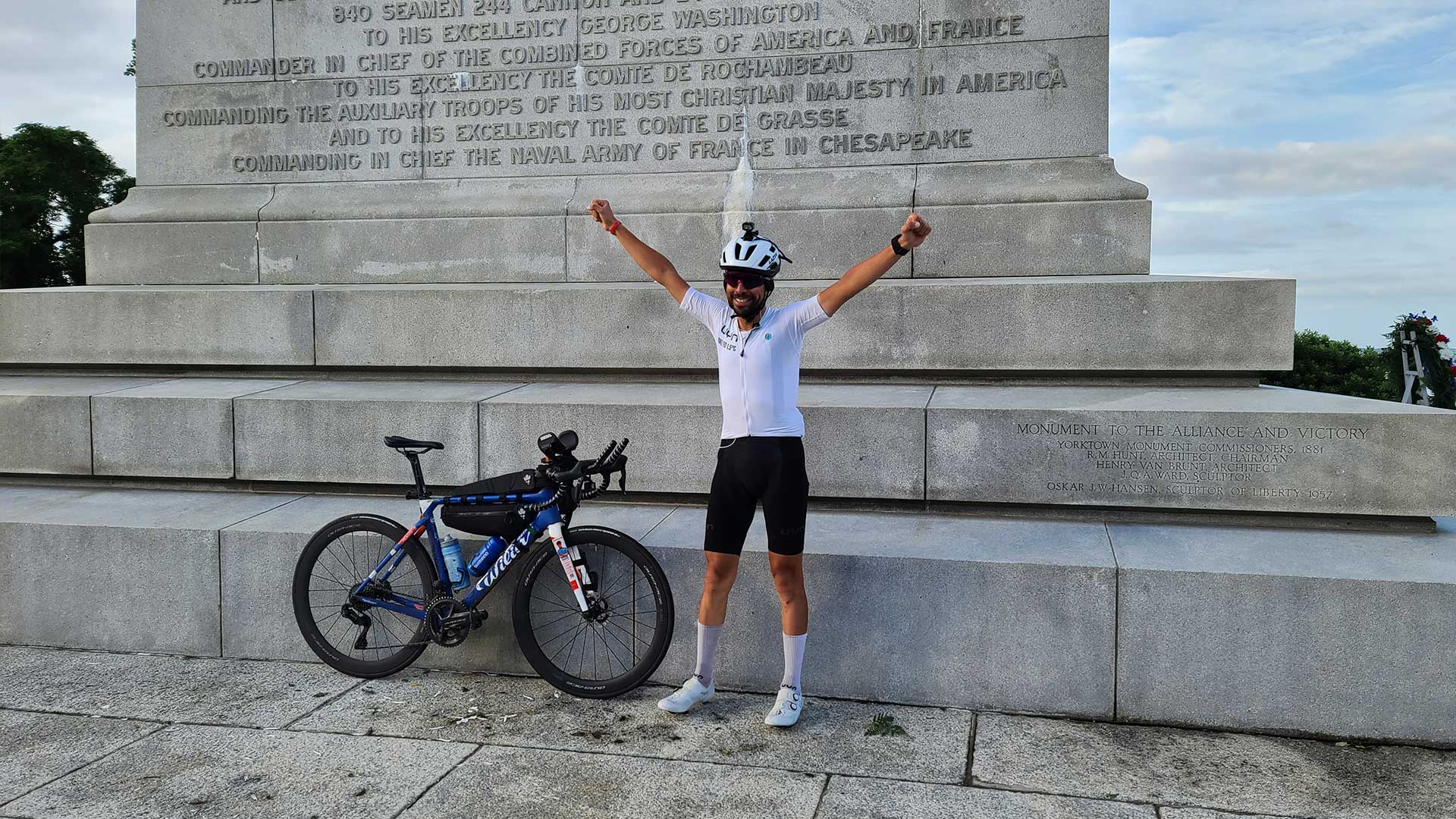The deciding stage towards a mountain that has never been taken on by the Vuelta: the Altu d’El Gamoniteiru
The Vuelta a España has its own Souvenir Henri Desgrange and a version of the Coppi Peak.
It is known as the Cima Alberto Fernández and it is dedicated to the amazing climber Alberto Fernández Blanco – third at the Giro d’Italia 1983 and second (by six seconds) at the Vuelta a España 1984 – who died in a road accident in 1984, at the age of 29.
In this edition of the Vuelta, the Cima Alberto Fernández will be decisive and, at the same time, enveloped in the pleasure of discovery, as it has never before been braved by the Vuelta de España: the Altu d’El Gamoniteiru.
The fame that precedes it is linked to those bike enthusiasts who, after having climbed the two monsters of the Asturias – the Lagos de Covadonga and the Alto de Angliru – seek more excitement in the narrow climbs nearby.
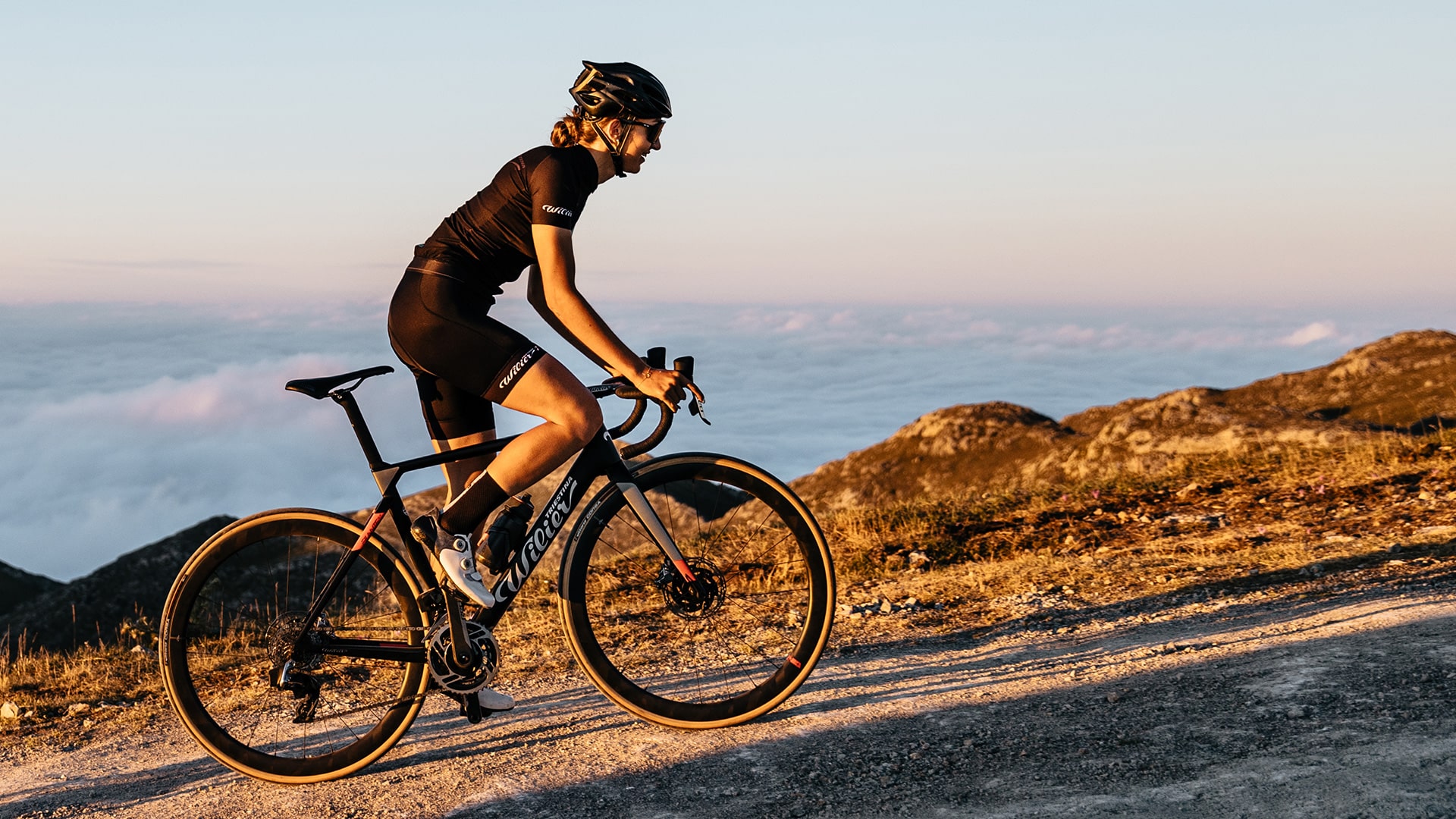
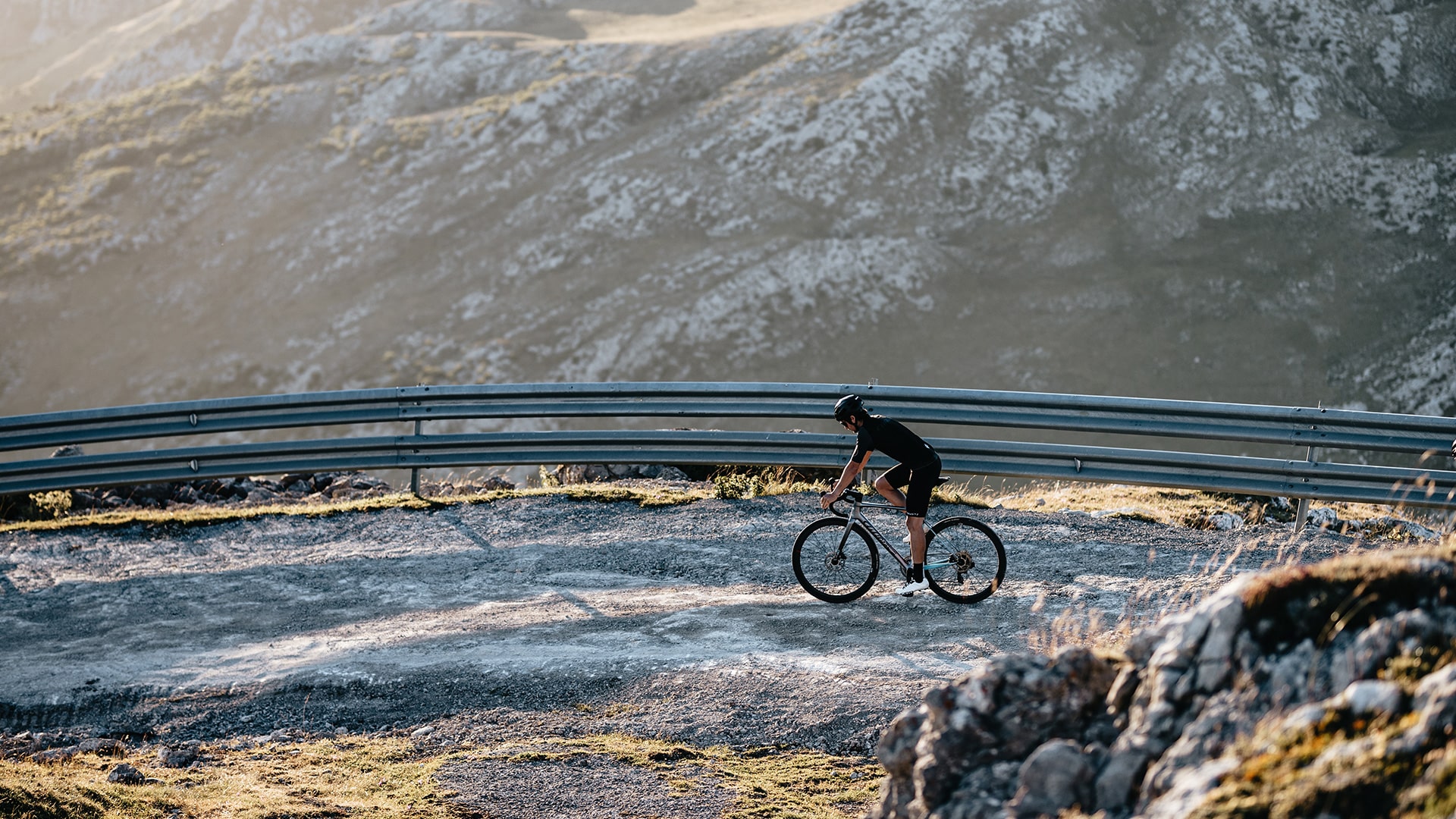
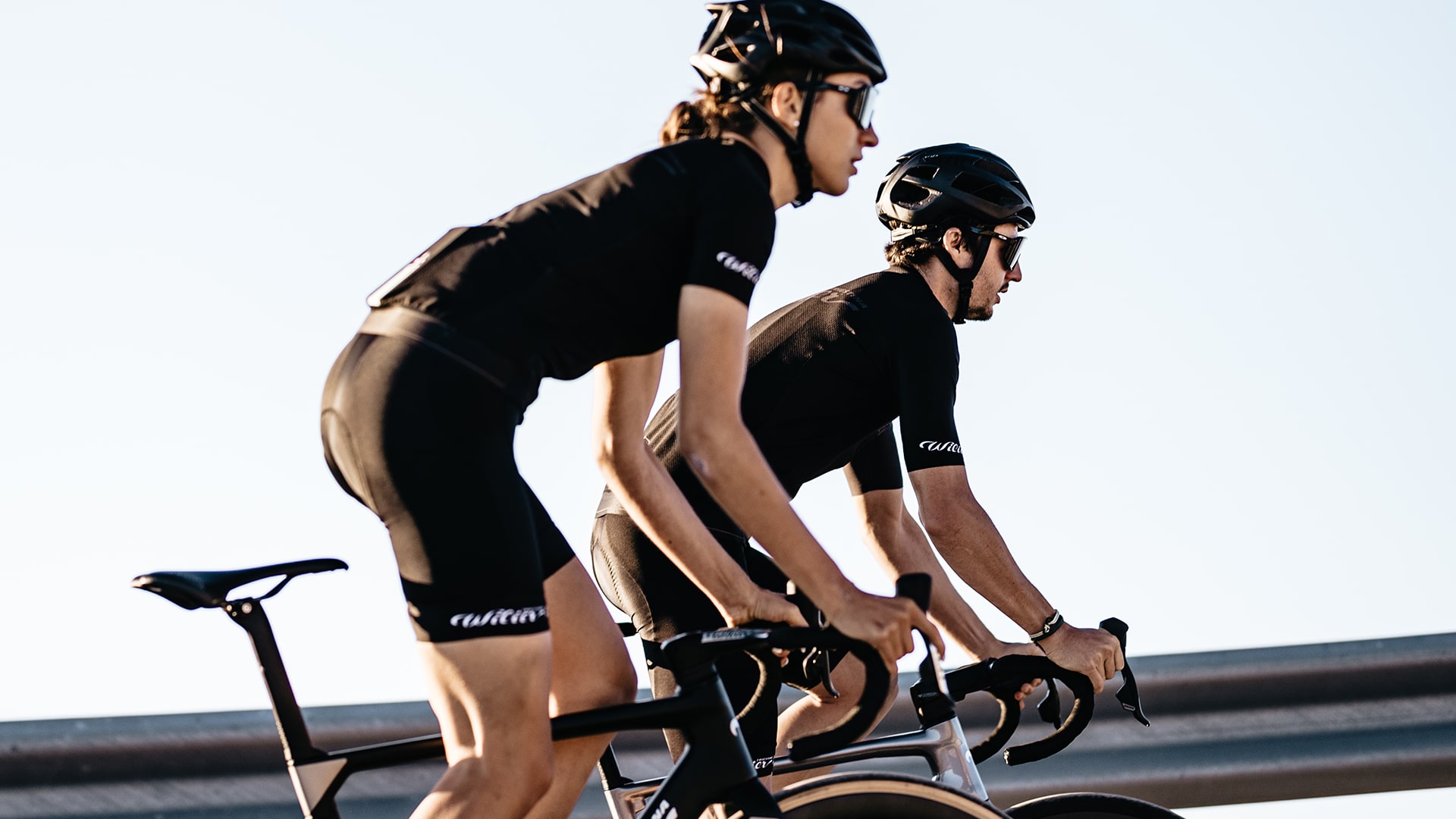
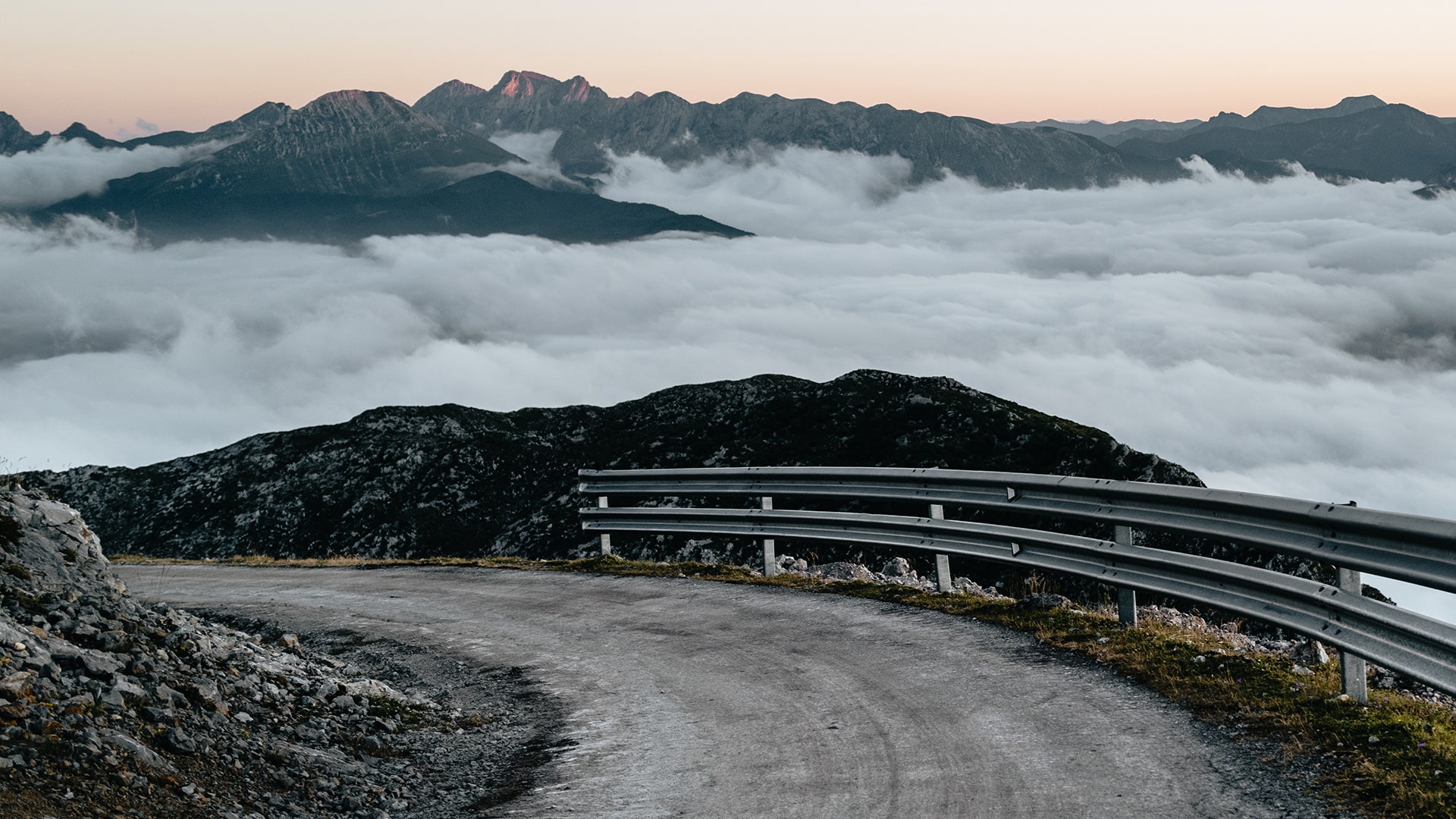
Those who have faced the Alto del Gamoniteiro have immediately given it a nickname: the Mont Ventoux of Asturias and the images immortalizing it – with the observatory at the top and the landscape strewn with rocks and stones – cannot but call to mind the Giant of Provence.
However, what changes drastically compared to Ventoux is the width of the road. The 10 km uphill, with a 9% average – because for a couple of kilometers the road flattens out – are ridden on what is little more than a farm road.
This shouldn’t cause inconveniences because the 18th stage of the Vuelta – from Salas to Altu d’El Gamoniteiru – will be extremely harsh and the racers will climb the last stretch towards the Cima Alberto Fernández in dribs and drabs.

Before Gamoniteiru, the race will proceed up to Puerto de San Lorenzo and to the Alto de La Cobertoria, both climbs with a 9% gradient average and maximum slopes ranging from 13 to 14%.
The road between Salas and the Sierra de Aramo will be a thrilling treasure for any rider, especially for those who feel that there could be no worse Asturian auto-da-fé than the Lagos de Covadonga and the Alto de Angliru.
For the racers, on the other hand, it will be the ultimate test. After Gamoniteiru everything will seem like one long descent to the finishing line of the Vuelta. In Santiago de Compostela.
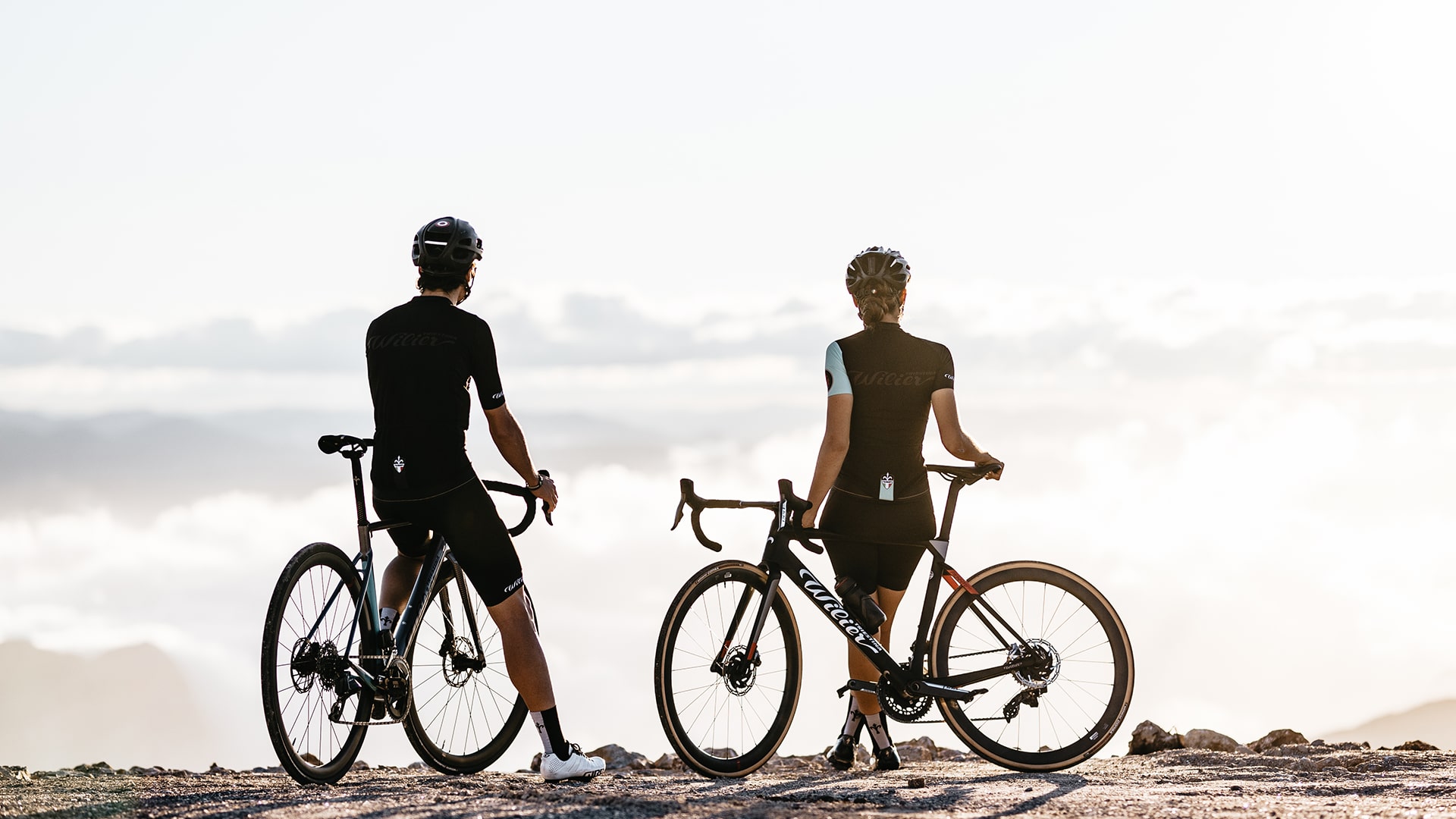
Related stories
A special livery for the African champion
Let the journey begin
Omar Di Felice triumphs in the most legendary Ultra Cycling race: the 2023 Trans Am Bike Race
The victorious Wilier - Pirelli relay in the MTB Elite Championship
Newsletter
Fill in the form below for updates on all that's new in the Wilier Triestina world, with plenty of content: product news, technical insights, professional teams, fairs and events, ambassadors, promotions and offers, all arriving in your email box. And if you no longer want to receive news from us, you can unsubscribe at any time.






